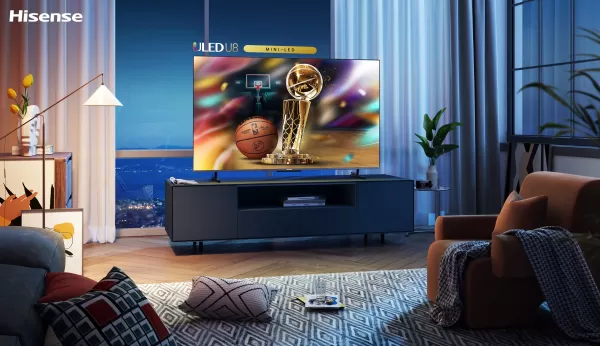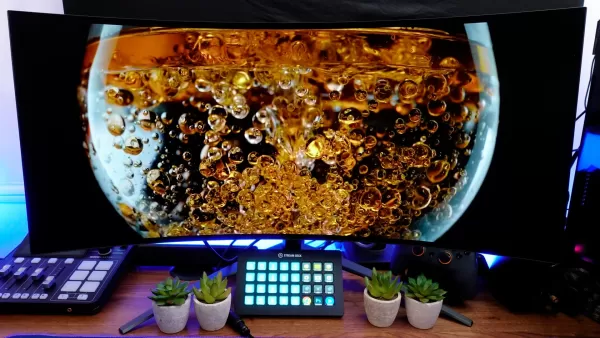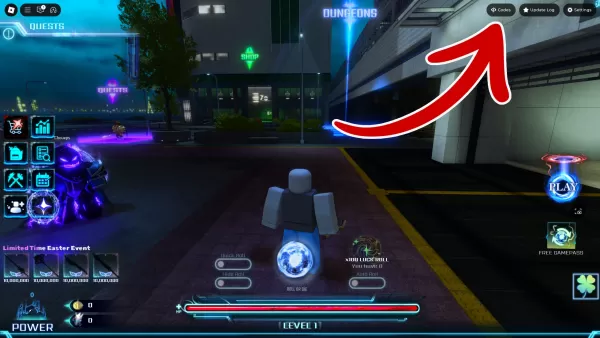Best OLED Display for Gaming Revealed
- By Ryan
- May 20,2025
I vividly remember purchasing my first OLED TV, the LG E8 55-inch model, back in 2019, just before the world went into lockdown. It turned out to be the perfect companion during isolation. At the time, I had a basic understanding of OLED (organic light-emitting diode) technology. I knew it utilized self-lit pixels instead of a backlight, which offers infinite contrast. However, after immersing myself in the stunning visuals of Final Fantasy XV and navigating through the gritty landscapes of The Last of Us Part II, I realized the true potential of OLED. It was like reliving a nostalgic fever dream in real time. Naturally, I didn't stop at the E8.
A few years later, I upgraded to the LG C2 65-inch TV. Since then, I've reviewed numerous devices with OLED displays and discovered that not all OLED screens are created equal. In fact, they don't all use the same technology. You might be wondering, "How many types of OLED are there?" The answer is quite a few, but there are three main types you should know about: WOLED, QD-OLED, and AMOLED.
 WOLED, QD-OLED, and AMOLED: How They Work
WOLED, QD-OLED, and AMOLED: How They Work
OLED technology has been around for decades, with companies like Kodak and Mitsubishi experimenting with it. It wasn't until LG introduced its OLED TVs in the early 2010s that the technology gained widespread popularity.
LG's version of OLED is known as WOLED (White OLED). Although LG doesn't use this term in its marketing, preferring to position itself as synonymous with OLED, WOLED uses a pure white OLED layer with an RGBW color filter. This approach addresses the issue of different deterioration rates among red, green, and blue emitters, which can accelerate burn-in. However, this method can lead to imbalanced brightness and reduced color volume due to the color filtering process. Higher-end WOLEDs attempt to mitigate these issues with Micro Lens Array technology, which enhances light focus.
In 2022, Samsung introduced QD-OLED (Quantum Dot OLED), which replaces the white OLED layer with a blue one that interacts with quantum dot color convertors. Unlike the RGBW filter, these quantum dots absorb light, converting blue into red or green without losing backlight intensity, resulting in vibrant colors and improved brightness.
AMOLED, on the other hand, is a distinct category because it incorporates a thin-film transistor (TFT) layer. This allows for faster pixel activation but at the cost of OLED's renowned "infinite" contrast.
 WOLED, QD-OLED, and AMOLED: Which Is Better for Gaming?
WOLED, QD-OLED, and AMOLED: Which Is Better for Gaming?
Choosing the best OLED technology for gaming depends on your specific needs and preferences. If you're looking for a straightforward answer, QD-OLED generally stands out as the top choice. However, there are scenarios where WOLED or AMOLED might be more suitable.
AMOLED displays are commonly found in smartphones and laptops. They're less common in TVs due to their higher cost. AMOLED offers flexibility, high refresh rates, and excellent viewing angles, making it ideal for smaller devices. However, they perform poorly in direct sunlight due to lower peak brightness.
For gaming monitors and TVs, you have the option between WOLED (often marketed simply as OLED) and QD-OLED. WOLED can achieve high brightness, especially with whites, but the RGBW filter can reduce brightness across other colors. QD-OLED, with its quantum dot technology, provides superior overall brightness and color vibrancy.
In my experience, WOLED's white OLED layer performs well in environments with significant glare. The darkest parts of the screen remain truly black, unlike my QD-OLED monitor, which can exhibit a purplish tint under similar conditions due to the absence of a polarizing layer. While QD-OLED may offer better color and brightness, WOLED is less distracting in highly reflective spaces. Ultimately, display quality depends on specific model specifications and your budget—the more you invest, the better the visual experience.
However, WOLED and QD-OLED may not be the only options for much longer.
The Future of OLED Is PHOLED
There are various types of OLED, including PHOLED (Phosphorescent OLED), which uses phosphorescent materials to convert energy into light. The challenge with PHOLED has been the significantly shorter lifespan of its blue component compared to green and red, rendering the panels less viable.
Recently, LG announced a breakthrough in blue PHOLED technology, paving the way for mass production. LG refers to PHOLED as "Dream OLED" due to its 100% luminous efficiency, far surpassing the 25% efficiency of fluorescence. This means PHOLED TVs will be brighter and more energy-efficient.
While we won't see PHOLED in TVs immediately, we can expect to see this technology in smartphones and tablets in the near future.
Latest News
more >-

- Hunters Codes Update: May 2025
- May 21,2025
-

- Palworld Crossplay Update Coming Late March
- May 21,2025
-

- Girls' Frontline 2: Exilium Latest Updates
- May 21,2025
-
-




